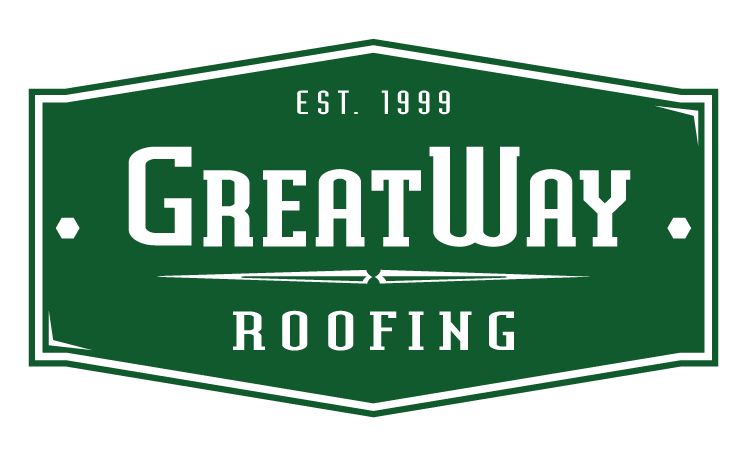It’s that time of year in the Greater Los Angeles area. How’s your roof doing these days? Strong winds mixed with sweltering heat waves is a recipe for disaster (as we can all see with the wildfires dominating the news lately).
Homes are especially vulnerable during fire season and there’s never a bad time to get your roof inspected. Whether on your home or on a commercial building, your roof is the first layer of protection against the elements.
Think about the next season on its way—the windy season, followed by the rain. Clogged drains are the culprit for the majority of roof leaks. Leaves, twigs, and branches slowly wreak havoc on your roof as debris settles in and builds up.
Are you treating your roof like any other part of your home? Your roof needs regular care and maintenance throughout the year to be as sturdy and durable as possible.
A single roof inspection can prevent significant long-term damage in not only the rainy season, but for all seasons. Our world is changing and the weather isn’t what it used to be 100 years ago. We may have been getting less rain than in the past, but it doesn’t mean the dry spell will last forever.
Choose a roof inspection with Our GreatWay Roofing Inspector and we’ll make sure your roof is ready to handle all types of weather and is Damage Free
Not convinced your roof needs a little help?
See for yourself and grab a pair of binoculars to do a home maintenance roof inspection from the ground. Then inspect for the following signs:
- Evidence of loose, curling or missing shingles.
- An excessive amount of granules where downspouts empty.
- Spots of black asphalt uncovered by lost granules.
- Cracked or broken tiles.
- Debris visible in gutters or drains.
Next up, be sure to look inside for evidence too. A ceiling stain from roof leakage is the most obvious sign, but consider climbing into the attic space to inspect for stains on the interior underside of the roof deck.
Most roofing companies don’t go this far without a price, but any homeowner like yourself can do it with basic safety precautions and a flashlight. If there aren’t any signs of a leak in the attic, you’re still a few inches of rain away from drywall damage and a costly interior repair.
If you’re feeling more adventurous, climb up onto the roof for a closer look. WARNING: stay inside and try another day if it’s windy or rainy. Remember, safety comes first and be sure to use a firm ladder and wear sure-footed shoes.
Let’s test your knowledge for a second. Do you know what your roof is made out of?
The most common roof material for homes are asphalt shingles, which typically last about 20 years depending on external factors and the harshness of the elements over the years. Signs of an aging or failing roof are pretty clear from lost granules, cracking, curling, or even lost shingles during periods of high wind.
Other roof materials include wood shakes or shingles, which are prone to rotting in damp environments such as homes or buildings near the ocean. Wind and sunshine also contribute to drying up shakes or shingles to cause cracking or splitting. Eventually, pieces will break loose on your roof and lead to direct water exposure.
Shingles are strong but they can also curl and lift, making them even more susceptible to wind. The good news is that shakes or shingles can be replaced one at a time, but once a third of the overall surface shows signs of deterioration, it’s the perfect time to consider a complete re-roof.
Tiles are prone to breaking too, especially if you’ve been up on the roof to place decorations, paint, or tent for termites. While cracks or breaks are easy to see, it’s what’s underneath that can make all the difference—the felt that essentially waterproofs the home. We can help you lift and save tiles, and if necessary install a new modified felt underlayment with flashings and sheet metal. The unbroken tiles can then be re-installed.
Over our glorious spring and summer months, homeowners might be able to get by with an inadequate roof. But if left alone for too long, the consequences can prove to be quite costly. No one wants an unsightly, deteriorating roof that you can spot from a mile away. But more importantly, no one wants to suffer the potential costs and damages to the rest of your beautiful home, right?
Roofs serve a purpose to protect you and your interior home, and it’s our duty to make sure everything is still in tiptop shape. Got an inkling that something is up (no pun intended) with your roof?

